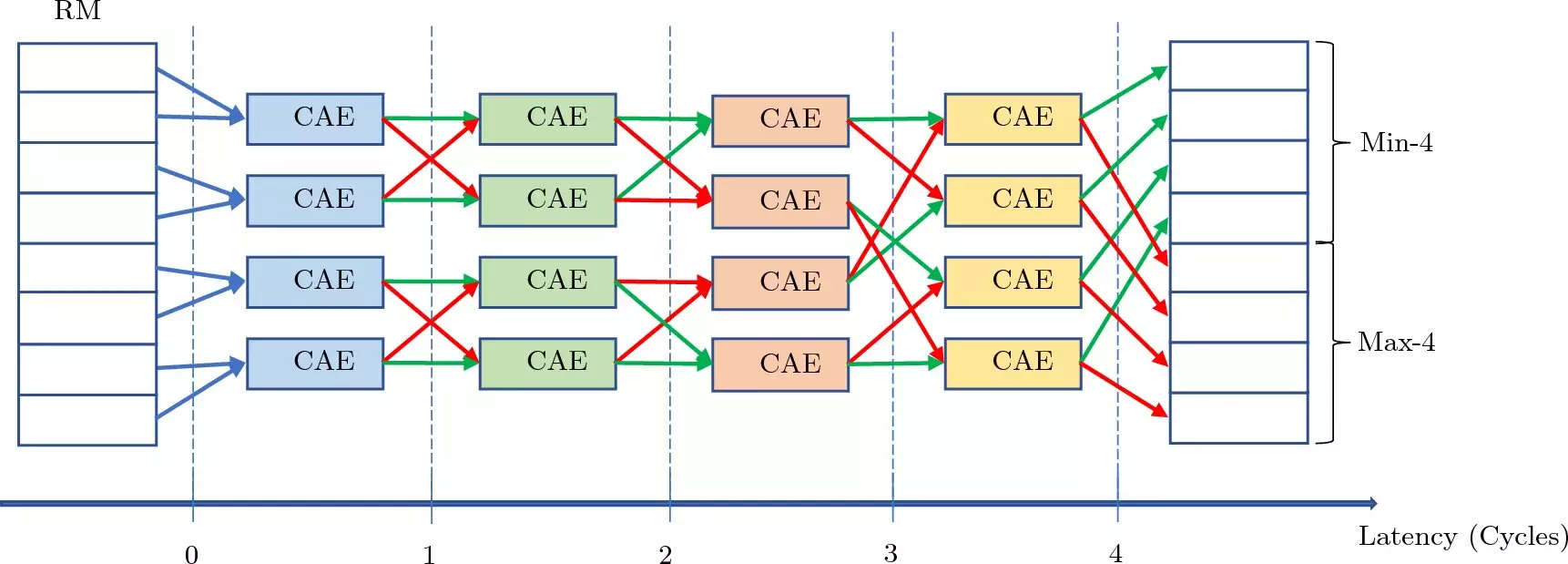Delving into the depths of the world’s largest particle collider, scientists are on a mission to uncover the secrets of the universe. At the Large Hadron Collider, located underground beneath the France-Switzerland border, physicists are conducting groundbreaking experiments that simulate the conditions following the Big Bang. By colliding protons at near-light speeds, researchers hope to unlock clues about the universe’s “missing matter.”
While ordinary matter constitutes the visible world around us, scientists are also intrigued by the enigmatic realm of dark matter. This invisible substance, which dwarfs ordinary matter in abundance, plays a significant role in the cosmos. Despite its gravitational effects on celestial bodies, the nature of dark matter remains elusive. Researchers are now turning to the Large Hadron Collider to shed light on this mysterious component of the universe.
Guiding this quest for dark matter is physicist Ashutosh Kotwal and his innovative use of artificial intelligence. By implementing AI algorithms, Kotwal aims to capture elusive traces of dark matter in the aftermath of particle collisions. Through a sophisticated imaging system resembling a giant 3D camera, researchers at the LHC are striving to identify the telltale signs of dark matter particles, which could manifest as disappearing tracks within the detector’s layers.
Amidst the flurry of particle collisions occurring at a rapid pace within the LHC, scientists are faced with the daunting task of sorting through vast amounts of data. With detectors capturing millions of snapshots per second, researchers must sift through the noise to identify the rare occurrences that may signify the presence of dark matter. Kotwal emphasizes the need for swift action in isolating these crucial events amidst the sea of data.
To address the challenge of real-time data analysis, Kotwal has devised a groundbreaking solution known as the “track trigger” algorithm. This high-speed algorithm utilizes AI engines embedded on silicon chips to swiftly pinpoint and flag potential dark matter tracks amidst the data deluge. By rapidly processing images in mere nanoseconds, the algorithm streamlines the identification process, ensuring that valuable data is not overlooked.
Looking ahead, Kotwal and his team are poised to bring their innovative technology to fruition. With plans to construct a prototype device incorporating thousands of silicon chips, researchers aim to enhance the capabilities of detectors at the LHC. As the accelerator continues to generate an increasing volume of particles, Kotwal’s device holds the promise of detecting elusive phenomena like dark matter production. By staying at the forefront of technological advancements, scientists are primed to unveil the hidden mysteries of the universe.
The pursuit of dark matter and the utilization of artificial intelligence in particle physics represent a paradigm shift in our understanding of the cosmos. Through the collaborative efforts of scientists and technological innovation, the mysteries of the universe are gradually being unraveled, opening new horizons for exploration and discovery in the realm of particle physics.


Leave a Reply